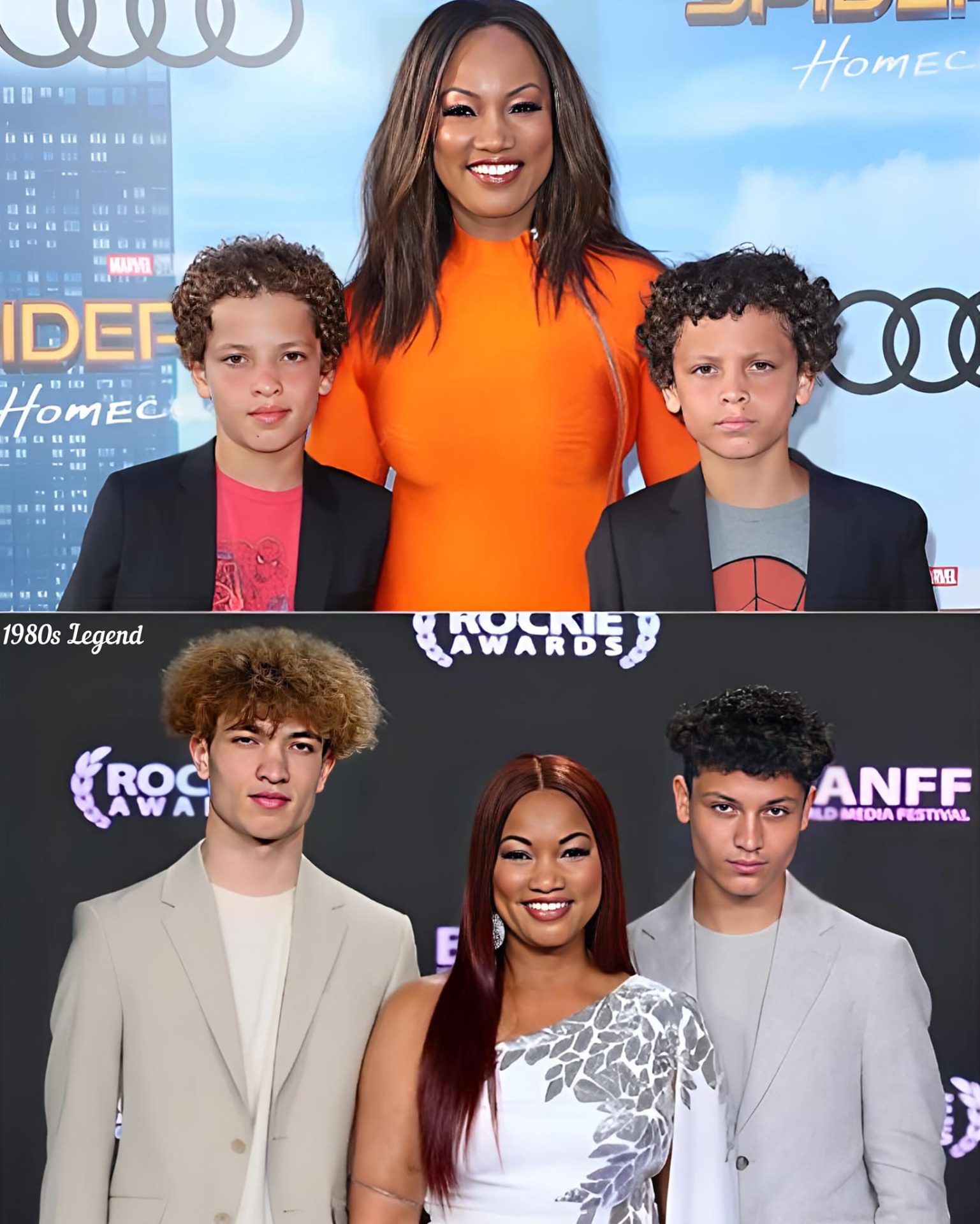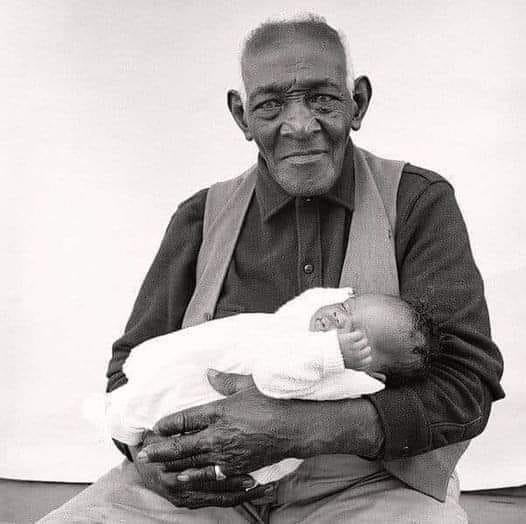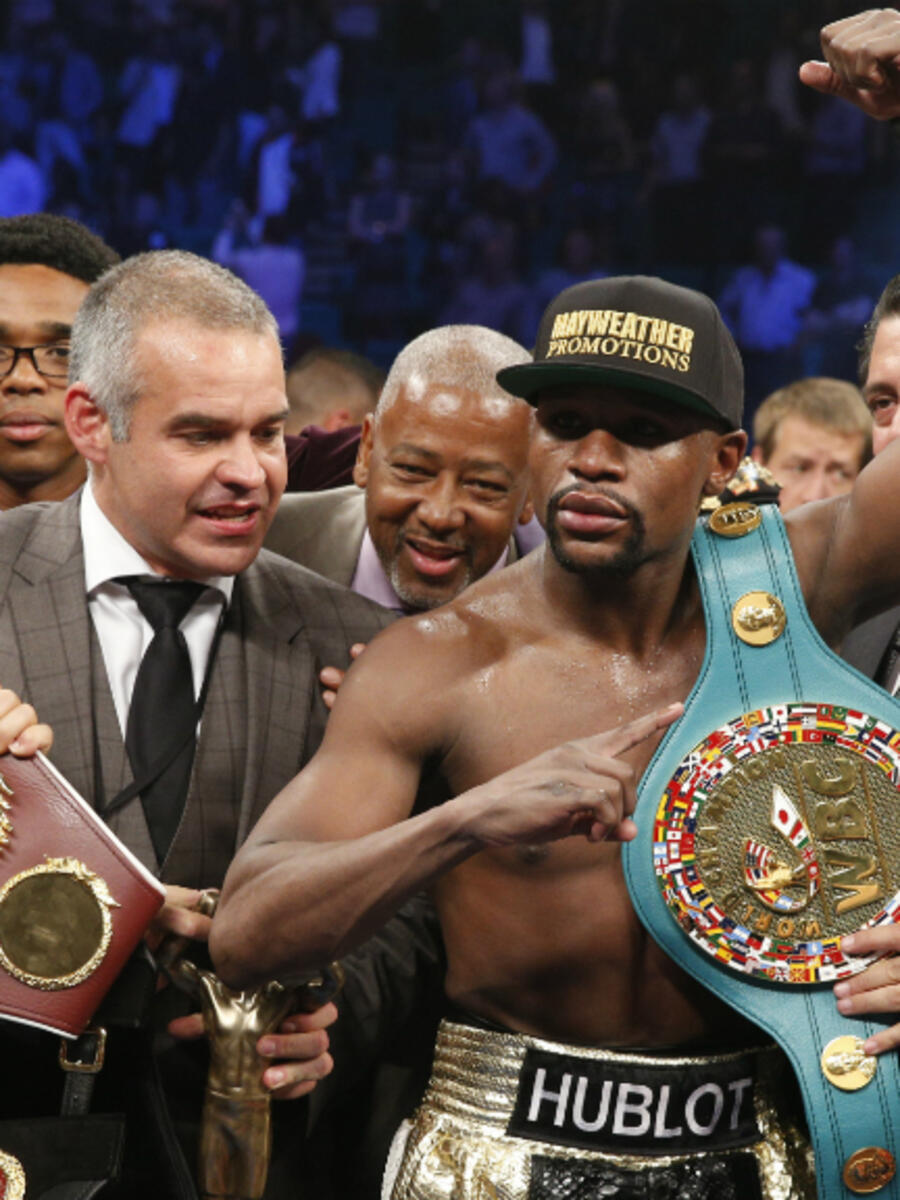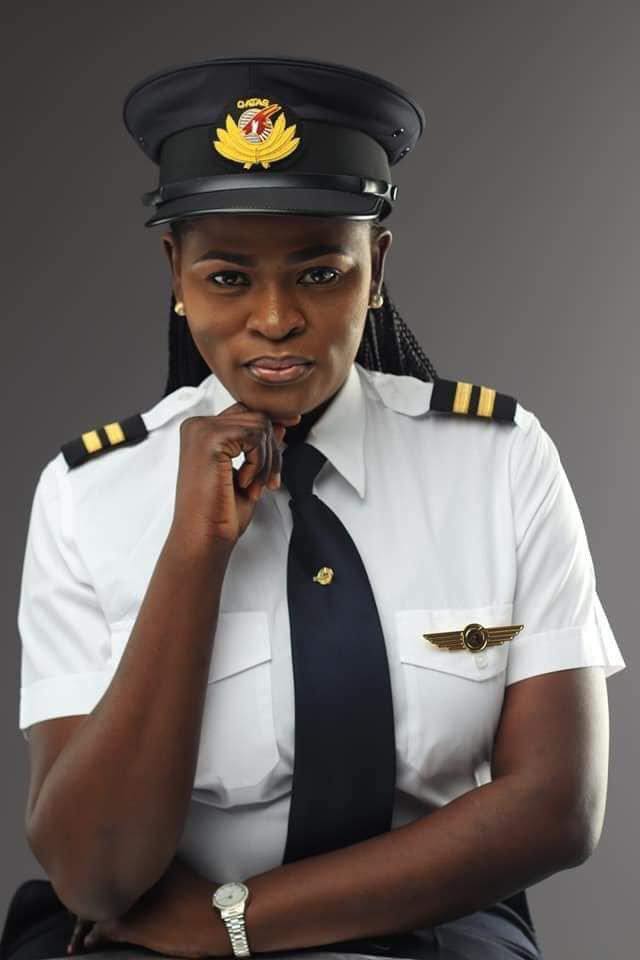“Eva Beatrice Dykes!”
Hearing her name, she lifted her head and walked briskly to the center of the stage. Polite applause could not hide the spontaneous murmur that spread throughout the all-white audience.

“Isn’t that a colored girl?” Those in the back rows stretched their necks to see, while those in the front stared in unbelief. But all whispered the same question, “Isn’t that a colored girl?”
Undaunted, she took the diploma and pumped the outstretched hand. “Thank you. Thank you very much,” she managed to say.
Flicking her tassel to the other side of her mortarboard, she continued to the spot where the seven female doctoral candidates were to stand. Commencement day, June 22, 1921, was different from any that had gone before. Since it opened its doors in 1879, Radcliffe, an exclusive, Ivy-league college for women, had not conferred this highest honor on a black person.
She stood with humble dignity, representing not one but two minority groups. Black women in America have always faced the double obstacles of gender and race to achieve their dreams and aspirations. That so many have succeeded in so many varied fields is a testament to their strength.
Her presence silently proclaimed that her skin, though black, covered a brain that could think as clearly and reason as profoundly as that of the fairest white. She also testified that those of the so-called weaker 𝓈ℯ𝓍 were mentally as strong and alert as their male counterparts at nearby Harvard — or at any university, for that matter. Although tiny in stature, she was a lady giant.
Her slave grandparents had held hoes in their hands to cultivate cotton. Now her hands held a diploma. That piece of paper showing she had earned a doctorate in English could be the magic key she could use to attain fame and recognition. It could open the door to financial success and wealth. Now she could teach in any school in the United States that had the good sense not to bar her because of her race. Her diploma could bring her into contact with the intellectual elite of the nation, black or white.
But long before her graduation she had decided that she would dedicate herself to service in the black community. To be great, to be first, was not her goal. Rather, to be her best so that she could render the best service, to live a life of usefulness and uplift humanity and her God, had been her aim.

A painting by Adventist artist Harry Anderson showing Dr. Dykes being congratulated after receiving her doctoral degree.
Eva B. Dykes was 𝐛𝐨𝐫𝐧 in Washington, D.C., on August 13, 1893. Both her mother, Martha Ann Howard, and her father, James Stanley Dykes, attended Howard University schools where they met and were married. Martha Ann was the youngest of the four Howard 𝘤𝘩𝘪𝘭𝘥ren and had to drop out of school because of illness. Martha Ann’s brother, Dr. James H. Howard, a medical doctor, would step in as a father figure since Eva’s father, James Dykes, left the family when Eva was a young girl. Eva attended the Teacher Training School of Howard University from grades one to four and then the Lucretia Mott Elementary School for grades five to eight. In 1910 she graduated from M Street High School (later renamed Dunbar High School). She followed in the footsteps of her parents and attended Howard University where she graduated with a B.A. in 1914, summa cum laude. No other student had ever graduated from Howard University with that distinction up to that time.
Martha Ann later married Mr. Richard Pumphrey, a contractor, and her three small 𝘤𝘩𝘪𝘭𝘥ren (Florence, Eva, and Anita) began to call their mother “Pum Pum.” Dr. Howard owned a large eight room house near Howard University and his sister, Martha Ann, her new husband, and her 𝘤𝘩𝘪𝘭𝘥ren moved in with Dr. Howard. At an early age Eva exhibited musical talent and Dr. Howard arranged to buy two pianos for his nieces. Florence (nicknamed Flossie) usually practiced on the piano in the front living room and gave piano lessons to young students and Eva would use the piano in the rear. They both practiced at six o’clock every morning. Such consistent practice enabled Eva to become an accomplished musician. At age seven, she played piano and organ on Sundays for several local churches and later she accompanied many of the outstanding vocalists and violinists in the Washington area.
While attending Howard University, Eva was initiated into the Alpha chapter of Delta Sigma Theta, was the valedictorian, and was also voted the most versatile student by her senior class. After teaching at Walden University in Nashville, Tennessee, for one year (1914-15), Dr. Howard convinced Eva to attend Radcliffe College (the female part of ivy-league Harvard University). Her B.A. summa cum laude from Howard, a black university, did not impress Radcliffe so they required her to do a second B.A. Undaunted and undiscouraged, she plunged into her work graduating with a second B.A. in 1917, magna cum laude, and a M.A in 1918. While at Radcliffe she was elected to Phi Beta Kappa.
Eva and her mother had grown up in the Methodist Church but her uncle, Dr. Howard, was an Adventist. His witness, as well as that of the new minister at Ephesus Church, made a big impression on Eva. Elder P. Gustavus Rodgers was a powerful evangelist and conducted a tent effort in Washington, D.C. Eva’s mother joined while Eva was at Radcliffe. A little later that year Elder Rodgers conducted another tent effort and on December 5, 1920, Eva was baptized with 28 candidates. This event changed the focus and direction of her life.
In September 1920, Eva Dykes began teaching at Dunbar High School, and on March 21, 1921 completed the oral defense of her 644 page dissertation entitled “Alexander Pope and His influence in America from 1810 to 1850,” which explored the attitudes of Alexander Pope towards slavery and his sympathy with the African American slaves. Having completed all the requirements for the doctoral degree, she became the first black woman in America to complete requirements for a doctoral degree. However, because Radcliffe College held its graduation ceremonies later in the spring (she received her degree on June 22, 1921), she was the third black female to graduate with a doctorate that year, behind Georgiana R. Simpson (June 14, 1921, University of Chicago) and Sadie Tanner Mossell (June 15, 1921, University of Pennsylvania). By a quirk of commencement scheduling, the first became last. She was, however, the first black student to graduate with a doctorate from Radcliffe College and the first black female in America to receive a PhD in English Philology.

Dr. Eva B. Dykes
After her graduation from Radcliffe, Dr. Dykes continued to teach at Dunbar High School until 1929. Dr. Mordecai Wyatt Johnson, Howard University’s 13th and first black president, elected to the office in 1926, had already gained recognition as a persevering worker for his people. A minister and powerful orator, he began to negotiate with the Federal Government for an annual appropriation. Wanting more than just better buildings, he dreamed of the most qualified staff available. Word of Dr. Dykes’ amazing teaching abilities circulated in all of the Washington educational circles.
Some years later, in an address before the students and faculty of the Seventh-day Adventist Theological Seminary, then located in Takoma Park, Washington, D.C., Mordecai Johnson explained the complications that Dr. Dykes’ arrival caused and the surprise of a letter from her:
I feel especially near to you in this church, too, because one of the finest teachers I have ever known came from your church. Her name is Dr. Eva B. Dykes. When I first came to Howard University, her name was brought to my attention in a peculiar way. She had received the Doctor’s degree sometime earlier from Radcliffe, and we were about to engage her as a teacher.
Prior to taking the job, she had a conference with the Dean, saying, ‘Before you conclude this contract there is one thing you should know about me. I do not know if after you hear this you will wish to employ me or not, but I feel I must tell you I am a member of the Seventh-day Adventist Church, and beginning at sundown on Friday until sundown Saturday I will be unable to do any work for the university, for in that period my church is foremost in my allegiance, and I shall feel under obligation to do whatever they wish me to do and will be able to give no service to the university.’ The Dean brought her letter to me (he was the first Negro in the United States to get his degree in Germany) and said, ‘Mr. President, this is a very sad matter. I suppose this finishes it. We cannot employ this young woman. What a tragedy!’ But I said to the Dean, ‘this does settle it. This makes certain we are going to employ this young woman.’
‘What do you mean, Mr. President? We cannot hire someone who has reservations about service.’
I replied, ‘This is not a reservation but an affirmation. And I would further suggest that any woman who has the center of her life so dedicated is worth keeping, and we should not run the risk of losing a young person of that type. She will be just as loyal to the University the other six days as she is to her church on the Sabbath.’
Dr. Johnson respected Dr. Dykes’ religious convictions. He was a practicing Christian and an effective minister of the gospel. In 1930, Rabbi Stephen Wise chose him as one of the ten greatest religious leaders in the country. The Howard University president was determined to see Dr. Dykes on his staff.
Dr. Dykes went on to reward the faith he had placed in her. She saw to it that she remained at the top of the profession. Taking and teaching summer classes, she joined and held memberships in many professional organizations and was as active in them as her schedule permitted. Also she was a member of and (when possible) chaired many college committees such as the student activities committee, the catalog committee, and the freshman committee. Even beyond that, she advised and sponsored various campus organizations. That she still found time to grade papers and make lesson plans testifies to her boundless energy.
Dr. Dykes won a number of teaching awards during her 15 years of service at Howard University. Her publications include Readings from Negro Authors for Schools and Colleges, co-authored with Lorenzo Dow Turner and Otelia Cromwell (1931), and The Negro in English Romantic Thought: Or a Study in Sympathy for the Oppressed (1942). In 1934, Dykes began writing a column in Message Magazine, which continued until 1984.
In the 1930s the majority of Oakwood Junior College staff remained white. Following a strategically timed student strike in 1932, the students requested that J. L. Tucker be the last white president. The predominantly white board acceded, and J. L. Moran became Oakwood’s first black president. His goal was to create an outstanding black staff and make Oakwood a fully accredited senior college. Elder Moran had often tried to get Dr. Dykes to come to teach at Oakwood, but her uncle advised her that she probably could do more good for the church where she was.
J. L. Moran wrote several letters urging her to come to Oakwood. He invited her twice to speak for the commencement address. With prayerful hesitancy she declined all the offers. Finally in 1944 she decided she would join the faculty of the then small and unaccredited Seventh-day Adventist Oakwood College in Huntsville, Alabama, as the Chair of the English Department. Her salary would be $41 a week. President Moran told her that he was receiving $42 and that the board insisted that the president make at least one dollar more than the teaching staff. After taking out of her salary her rent, electricity, et cetera, she would have only $25 a week to take care of food and other living expenses. Her coworker at Howard couldn’t believe that she would leave the best black college in the country for such a small salary, and some promised to send her some money to help with expenses.
Leaving Howard meant parting from some of the best-known educators and black leaders in the world. She had stood side-by-side with Dr. Ralph Bunche, diplomat and U.N. mediator; Todd Duncan, world-famous baritone singer; Alain LeRoy Locke, who was the first colored man to be a Rhodes scholar; Charles Harris Wesley, former president of Wilberforce University; Ernest E. Just, a biologist of unusual fame; Camille Nickerson, concert artist and teacher; and Louis Vaughn Jones, a famous violinist. All of them were or had been Howard professors and her colleagues.
In 1944 Dr. Dykes and her mother, Pum Pum, got on the train and took the long trip south to Huntsville, at that time a very small segregated town with a population of fourteen thousand. While they waited in the segregated colored waiting room for someone from the college to pick them up they saw the signs indicating colored restrooms and colored drinking fountains. On the way to Oakwood they passed the little Huntsville Negro Library with just a few books and also passed the large white library. She passed the Huntsville hospital and was told that if she ever got sick she would have to enter through the rear door to be treated in the small rear wing specifically sectioned off for colored patients. But she had made her decision to be useful to mankind and especially to the Church she loved and she never regretted her decision to go south to Oakwood.
Dr. Dykes was the first staff member at Oakwood to hold a doctorate and was instrumental in assisting the college to gain full senior college accreditation by chairing the accreditation committee. In 1947 Dykes founded and directed the musical group, the Aeolians, and gave the choral group its unique name and special sound. During the summers, Dr. Dykes and the Aeolians would travel to large churches and camp meetings with their impressive sounds and recruit students for Oakwood. Oakwood began to grow. Dr. Dykes was a difficult but fair teacher. Many of the students did not have a good background in the English language when they arrived but she worked with those who wanted to succeed. Most of the black pastors, teachers, and other leaders in the Adventist Church came under her influence and spoke effectively and eloquently by the time they left Oakwood.

President Garland Millet presenting Dr. Dykes with an award at Oakwood College.
Dykes retired in 1968 but was asked to return to Oakwood to teach in 1970 and she continued until 1975. In 1973, in recognition of her outstanding career as a dedicated educator and mentor of young people, Dr. Dykes received the Certificate of Merit from the General Conference Department of Education. Also in 1973, the newly completed Oakwood University Library was named in her honor. In 1975, Dr. Dykes was recognized at the General Conference Session in Vienna, Austria, for her contribution to Christian education. Dr. Dykes taught for more than 50 years and in 1980 she was made a Professor Emerita. Dr. Dykes died in Huntsville, at her beloved Oakwood College on October 29, 1986, at the age of ninety-three.
Among the mourners were educators and administrators, the full college choir, family members and old friends, church officers and members, and former and current students. All were conscious of the passing greatness. They had come to say goodbye to the legendary lady whose life had defined an era.
Many eulogies and speeches were made. Jannith Lewis, director of the Eva B. Dykes Library, traced the career of this devoted teacher. She ended by saying, “She was dynamic, inspiring, exacting, tireless, an excellent role model. She used Jesus Christ as her model. She was a great ‘little giant,’ small in stature but large in heart.”
A belated tribute was paid to Dr. Dykes in 2017 when the Oakwood Aeolians competed in the Choir of the World Competition during the International Musical Eisteddfod in Llangollen, Wales. The Welsh Eisteddfod was created in 1947, (the same year Dr. Dykes created the Aeolians), to help bring peace through music to a world torn apart by World War II. Under the direction of Dr. Jason Max Ferdinand the Aeolians were awarded the coveted first place 2017 Choir of the World Pavarotti Trophy.

The Eva B. Dykes library at Oakwood University was dedicated April 22, 1973, during the alumni weekend celebration.





